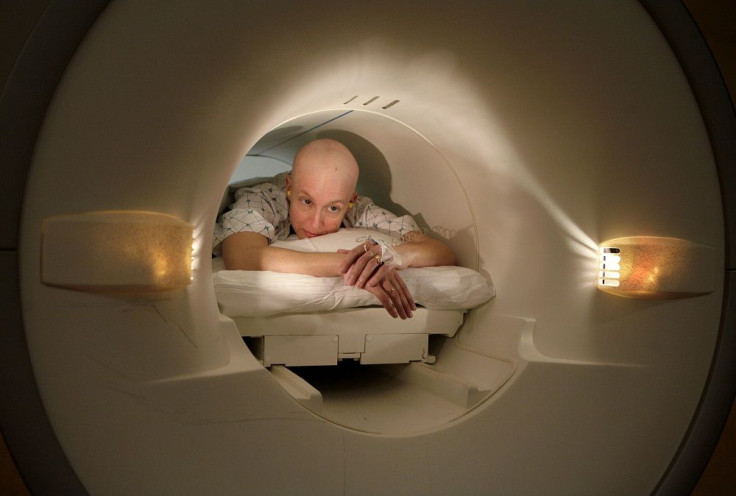Cancer breakthrough: Crick Institute discovers using patient’s own immune cells could treat cancer

A researcher at Crick Institute has discovered that using a patient’s own immune cells could treat cancer. The rapid evolution and mutation of cancer tricks the body’s immune system and the drugs taken to treat the disease.
Professor Charles Swanton compares most cancer medications with bacterial resistance. Administering antibiotic makes the bacteria develop resistance. Likewise, cancers develop resistance to chemotherapy drugs and stop responding to the medication.
Swanton, in his 14th paper on cancer evolution and genetics, published on the first week of March in the Science journal, that cancer, in spite of being mutated, carries signature molecules that do not change and could by spotted by the disease-fighting T-cells of the immune system as something which needs to be fought.
“These mutations can in some cases be seen as flags on the surface of the tumour cells by the immune system as being abnormal and so the immune system will try and tackle these flags,” The Telegraph quotes Swanton. However, the number of T-cells present in the body is too small to be a real threat to the cancer. The patient’s immune cells would then be grown in the lab and re-administered for individualised treatment.
When his team got several biopsies from two lung cancer patients, they found proof that the immune systems recognised the flags, known as antigens, on every tumour cell’s surface. While hopeful the experiment would be a breakthrough, Swanton admits results won’t be known until the first patient is treated. But he adds that in patients with advanced disease, doctors would not be able to cure them.
He stresses that since no two tumours are the same, they need to discover a way to hit the flag proteins with the use of the body’s own defence to do it individually for every patient. Swanton says that in theory, oncologists must look at a tumour’s genetic profile and find the flags recognised by a person’s immune system to fight their own cancers.
“There was evidence that complex tumours with many mutations could increase the chance of the immune system spotting them; now we can prioritise and target tumour antigens that are present in every cell, the Achilles heel of these highly complex cancers,” Swanton explains.
Because the first safety trials could take place within two years and then the first patients potentially treated, the cancer expert foresees it would take a decade to 15 years before the treatment becomes routine therapy. Even if it sounds too ambitious, Swanton says the discovery is important since the one-size-fits-all approach in place is flawed because of drug resistance in some patients.





















